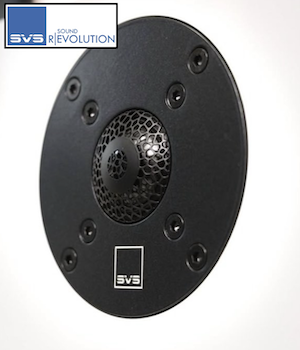SubViking
Registered
Thread Starter
- Joined
- Jan 3, 2020
- Posts
- 3
More
- Preamp, Processor or Receiver
- RX-A3070
- Front Speakers
- Triangle Genese Ltd. Edition
- Center Channel Speaker
- Triangle Genese Voce
- Surround Speakers
- B&W M-1
- Surround Back Speakers
- B&W M-1
- Front Height Speakers
- B&W M-1
- Subwoofers
- B&W ASW750
- Other Speakers
- Dali K14 Sub
I have used REW extensively for setting up my room and have had great results and I have been very impressed with the way the simulations made before placing the speakers have matched measurements taken after moving them into place.
Today while fooling around with simulations with the third sub added to the setup and adjusting the bass management crossover and the -3dB freq. of the main speakers I noticed that even though the crossover is set at 80Hz incrementally changing the -3dB of the main speakers from 39Hz to ie 32Hz shows up in the simulation with quite dramatic results. But that seems odd as their contributions in the 30Hz region must be minute when the crossover is set at 80 Hz. Actually this has been confirmed by the measurements - they have very, very little output below 45Hz.
Perhaps the slope is steeper on my Yamaha than what is assumed in the simulations?
Or am I missing something?
On the same subject: In the help section: roomeqwizard.com/help/help_en-GB/html/modalsim.html
there's a sentence that I can't make sense of:
"Note that the simulation automatically level aligns sources to the main listening position, but that all the simulated subwoofers generate signals at the same level - this is necessary if they are arranged symmetrically to minimise modal excitation and reduce seat-to-seat variation."
I assume it is supposed to mean that level is aligned at the listening position but that the subs do NOT generate signals at the same level (ie if measured at 1 meter) or???
The reason this is important is, that I I will try to integrate the three subs though the 3rd is capable of a somewhat lower max. SPL compared to the other two it does provide useful output below 30Hz and could be positioned closer to the main listening position if needed.
Today while fooling around with simulations with the third sub added to the setup and adjusting the bass management crossover and the -3dB freq. of the main speakers I noticed that even though the crossover is set at 80Hz incrementally changing the -3dB of the main speakers from 39Hz to ie 32Hz shows up in the simulation with quite dramatic results. But that seems odd as their contributions in the 30Hz region must be minute when the crossover is set at 80 Hz. Actually this has been confirmed by the measurements - they have very, very little output below 45Hz.
Perhaps the slope is steeper on my Yamaha than what is assumed in the simulations?
Or am I missing something?
On the same subject: In the help section: roomeqwizard.com/help/help_en-GB/html/modalsim.html
there's a sentence that I can't make sense of:
"Note that the simulation automatically level aligns sources to the main listening position, but that all the simulated subwoofers generate signals at the same level - this is necessary if they are arranged symmetrically to minimise modal excitation and reduce seat-to-seat variation."
I assume it is supposed to mean that level is aligned at the listening position but that the subs do NOT generate signals at the same level (ie if measured at 1 meter) or???
The reason this is important is, that I I will try to integrate the three subs though the 3rd is capable of a somewhat lower max. SPL compared to the other two it does provide useful output below 30Hz and could be positioned closer to the main listening position if needed.
Last edited:














